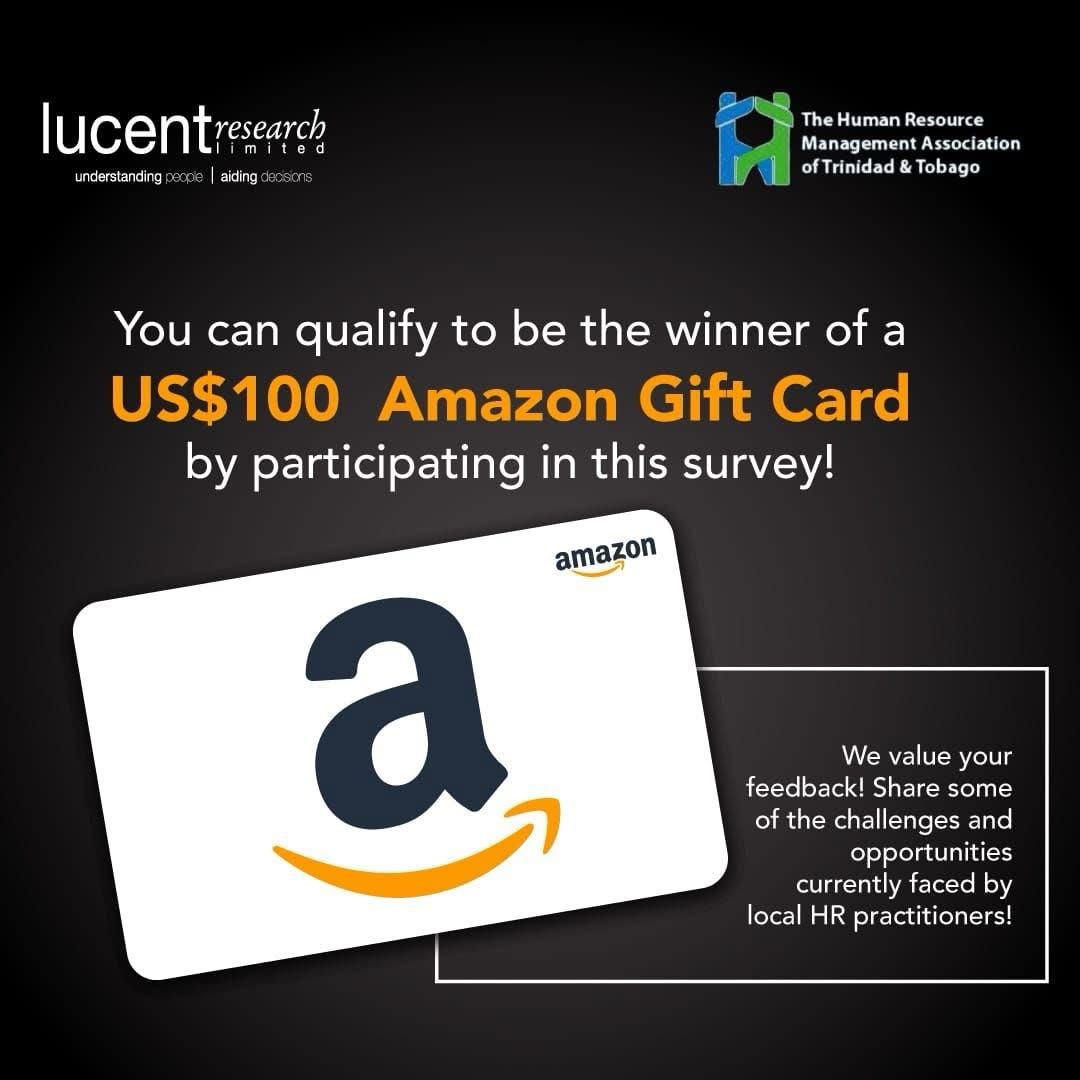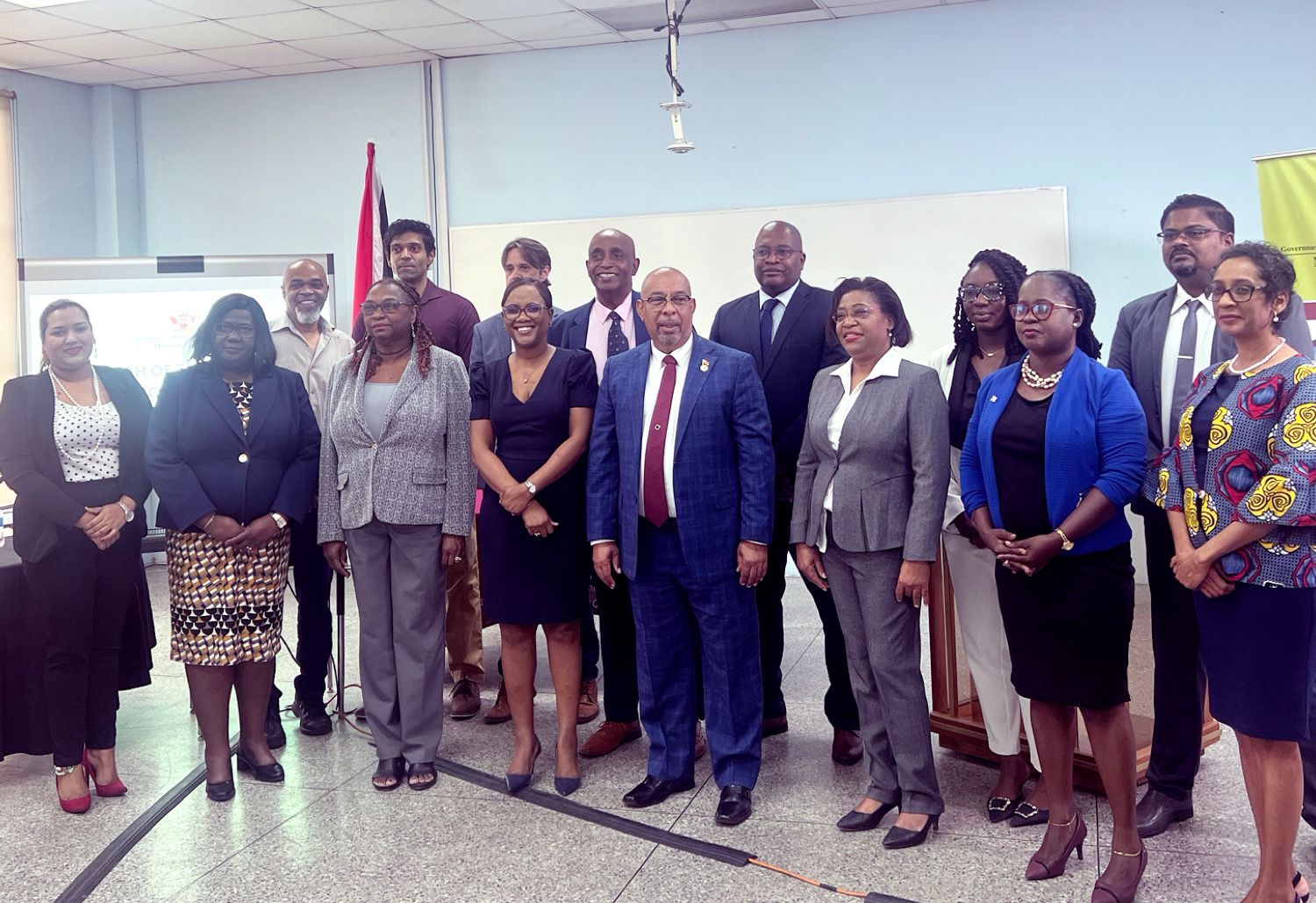Organizational culture and its subcultures are the ‘patterns of shared values, beliefs and agreed norms which shape behaviour’ for an organisation. As we emerge from the pandemic, leaders can agree that organizational cultures were tried and tested, and continue to be tested, as things have not quite settled. This unbalanced feeling is fast becoming the new norm as it is shaping the “New” culture. Great leaders understand and appreciate a strong workplace culture as this translates to business success.
Leadership challenges varied from company to company during the pandemic as business models were changed to become adaptable. Human capital interactions became adaptive as work from home, remote work and hybrid work arrangements became the ‘new normal’ work life. There are some organisations that maintained such arrangements post-pandemic whilst others were unable to. However, it is a fact that, ‘Leadership’ is what made the difference when it came to measuring the success of a company’s ability to adapt and reinforce their culture.
Agile organizations survived the pandemic and wise organisations are focusing on the ‘New’ Culture as they strive for successful longevity. Greater engagement from leaders so they understand the pulse of the organisation. Leaders who recognize that people are the heart and soul of their businesses, and those who willingly give the best of themselves to connect organically through empathy, open communication, coaching and mentoring, effectively bridge gaps and reinforce the strategic vision as people are most productive and cooperative when they feel valued and inspired.
McKinsey and Company documented in 2015 the four (4) top types of Leadership behaviours which account for Leadership effectiveness: – (1) Be supportive, (2) Operate with strong results orientation, (3) Seek different perspectives and (4) solve problems effectively. This remains true today and many organisations saw the need to upskill their leaders to improve efficiency in this current business environment. Leaders need to understand what position their organization is at now? where they are going? and how to get there?
Forbes 2022 article written by Maureen Metcalf CEO of the Innovative Leadership Institute listed the following Innovative Leadership Framework, Leaders must (1) Understand why they lead, (2) Appreciate their capabilities (3) Understand their environment (4) Expand their capability (5) To Lead one must Be, relate and do!’ Additionally, Mckinsey and Company’s March 21, 2023, article on ‘What’s your superpower? How Companies can build an institutional capability to achieve competitive advantage’ the article sites charting your VECTOR approach.
V – Vision and Leadership – CEOs align their purpose to the Company’s success and focus on continuous adaptability
E– Employees – Create an honest and efficient Talent System; addressing skill gaps; re-skilling employees; maintains strong incentive and performance management systems.
C– Culture and Mindset – Create a mindset shift (Invest in Culture and Mindset change solutions)
T– Technology – Invest in Technology and improve current systems.
O – Organization – Refine the Organization Structure; clearly define roles, responsibilities, reporting structures and decision rights
R – Routines – Streamline and practice new processes with a coach
In fact, the business is not successful on its own, and building great leaders is key to effect organizational change. Great leaders enhance their performance when their personal values align with the company’s values or when they are passionate about the work that they are doing. They must be inspired in order to inspire others to believe that the impossible is possible.
Creating a supportive workspace is key to the ‘New’ Workplace Culture as new challenges affect Team members differently. Great Leaders must know themselves and embody their authentic self to be and give of their best in any situation. Displaying sensitivity to the current climate and ‘creating a culture of care’ is critical as companies and their team members navigate the aftermath of the pandemic. Strong Leaders must remain intentional to communicate and demonstrate their ‘New’ Workplace Culture.





